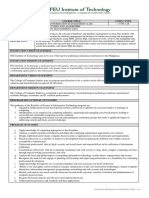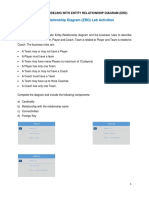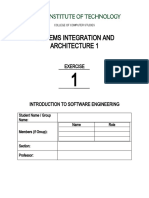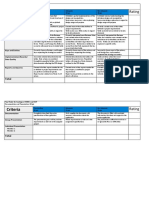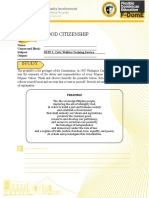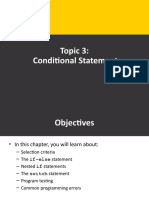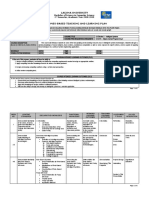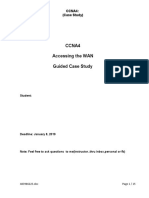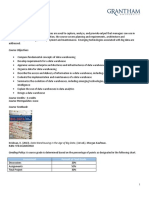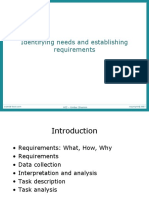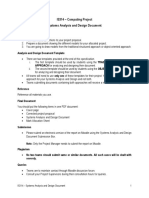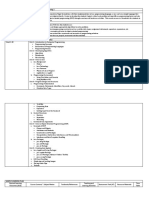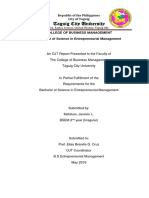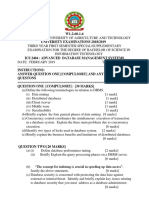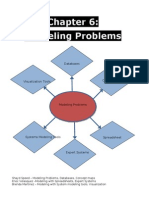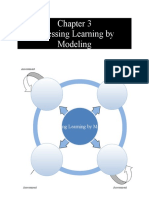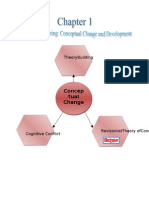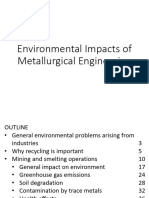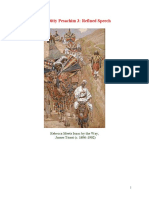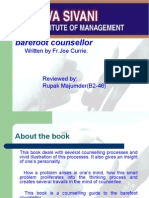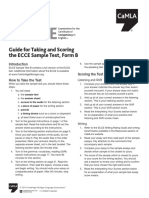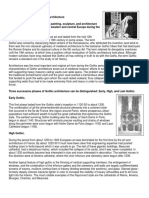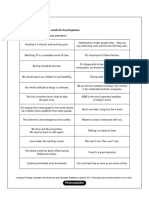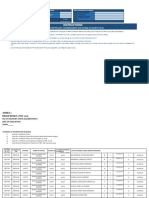0% found this document useful (0 votes)
765 views5 pagesDatabase Rubric Assignments
The database reviewed was The Educator's Reference Desk (www.eduref.org). It received a total of 46-47 points. The content structure received 10 points as the fields were distinct and not redundant with consistent hyperlinked content. Completeness received 8 points as there was a good variety of fields but not all subjects were represented extensively. Accuracy received 9 points as the data seemed accurate though subject to some human error. Instances received 9 points as records seemed complete with examples, but databases cannot include all possible records. Questions received 10 points for its "Questions Archive" containing higher-order questions by educators.
Uploaded by
sdhamiterCopyright
© Attribution Non-Commercial (BY-NC)
We take content rights seriously. If you suspect this is your content, claim it here.
Available Formats
Download as DOC, PDF, TXT or read online on Scribd
0% found this document useful (0 votes)
765 views5 pagesDatabase Rubric Assignments
The database reviewed was The Educator's Reference Desk (www.eduref.org). It received a total of 46-47 points. The content structure received 10 points as the fields were distinct and not redundant with consistent hyperlinked content. Completeness received 8 points as there was a good variety of fields but not all subjects were represented extensively. Accuracy received 9 points as the data seemed accurate though subject to some human error. Instances received 9 points as records seemed complete with examples, but databases cannot include all possible records. Questions received 10 points for its "Questions Archive" containing higher-order questions by educators.
Uploaded by
sdhamiterCopyright
© Attribution Non-Commercial (BY-NC)
We take content rights seriously. If you suspect this is your content, claim it here.
Available Formats
Download as DOC, PDF, TXT or read online on Scribd
/ 5

